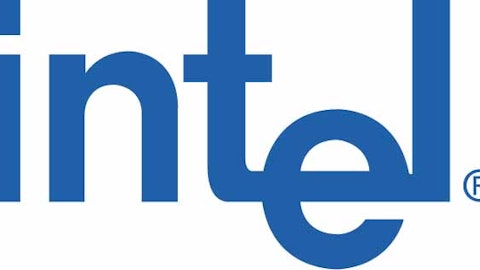Few questioned the reasoning behind the thesis. Natural gas prices had been stuck in a range between $2.00-$3.30/mmBtu for almost two years. Yet, today natural gas prices are above $4/mmBtu, more than double last year’s low tick. The EIA reports,
“Average wholesale (spot) prices for natural gas fell significantly throughout the U.S. in 2012 compared to 2011. The average price for natural gas at Henry Hub fell from $4.02 / mmBtu in 2011 to $2.77 in 2012. This was the lowest average annual price at Henry Hub since 1999.”
Last year’s average of $2.77/mmBcf hardly tells the story. The price was well below that, hitting a low of about $1.90, for several months. Conventional wisdom said there was a glut of natural gas due to the shale gas revolution. Natural gas from the Marcellus and other shale formations was so abundant that it was being flared off because it wouldn’t fit into fully-utilized pipelines.
Additionally, the stampede into shale oil was so intense that associated natural gas was an after-thought. Gas could be sold at any price to offset the cost of producing the oil. For a good portion of 2012, the forward curve for 2013 did not rise much above $3/mmBcf. Natural gas in storage was at record highs and prices at 10 year lows.
The cure for low prices is….low prices
Signs of supply coming out of the system were not hard to find. The closely watched natural gas rig count fell month after month. Investment in primary natural gas exploration and production fell through the floor. No one could make money at $2.5 gas, many stopped trying.
All it took was a, “normal” winter to set the stage for a reversal in the trend. Hardly an exogenous event. As natural gas prices began to rise, a robust supply response did not occur. Inventories of natural gas fell to normal levels. Still, no meaningful supply of natural gas hit the market. A colder than normal Spring was the tipping point for $4 + natural gas, with pundits now saying $5/mmBcf is right around the corner.
What does this have to do with gold prices?
Like natural gas last year, gold has fallen out of favor. However, just as there were signs of supply coming out of the natural gas market, there are signs of the same thing in gold production. Resource nationalism is on the rise, impacting many commodities around the world, including gold.

Newmont Mining Corp (NYSE:NEM), is facing similar problems in Congo, according to an article by Incomehunter on SA, {See Here}. Resource nationalism is hardly the only headwind facing the majors. Annual cost inflation estimated at greater than 10% over the past 5-10 years has also taken a heavy toll. Industry-wide all-in costs are estimated at $1,200 – $1,300 per ounce. With gold prices at $1,465, Newmont Mining Corp (NYSE:NEM), Barrick Gold Corporation (USA) (NYSE:ABX) and others are reining in costs as fast as they can, but investors are wondering why costs weren’t cut sooner.
I am highly confident that gold supply from existing and new mines will be less than expected. Annual supply could easily fall in coming years. This compares to prior forecasts of roughly 2%-3% growth. On the demand side, little has changed. Even with flat demand, the supply problems from uneconomic mines and resource nationalism will support pricing near $1,500 per ounce.
Conclusion
The probability of a spike in gold prices is considered quite low right now, just like a probability of a spike in natural gas prices last year. I’m not one to say that gold prices are headed to $2,000. However, that COULD happen. Buying junior gold companies gives an investor a free option on a rebound in gold prices.
An easy way to get exposure to junior gold companies is through the Market Vectors Junior Gold Miners ETF. This ETF is not for the faint of heart, it’s down 55% from its 52-week high. GDXJ’s holdings represent gold projects around the world, offering diversification of resource nationalism risk.
The ETF’s top 10 holdings equate to 31% of the fund. With overall stock markets at all-time highs, an investment in this ETF offers low correlation to the mainstream and significant price appreciation if gold prices surprise to the upside.
The article If Natural Gas, Why Not Gold? originally appeared on Fool.com and is written by Peter Epstein.
Copyright © 1995 – 2013 The Motley Fool, LLC. All rights reserved. The Motley Fool has a disclosure policy.


